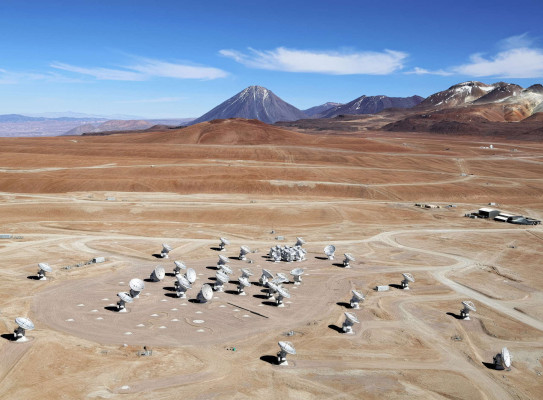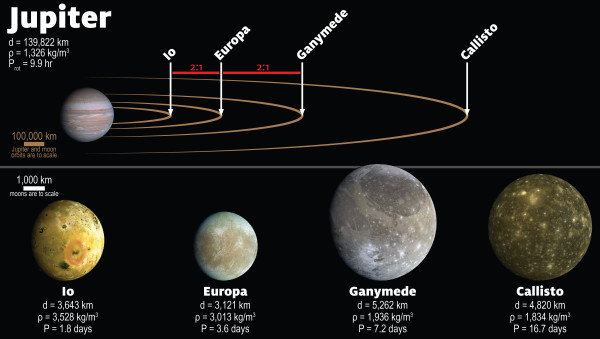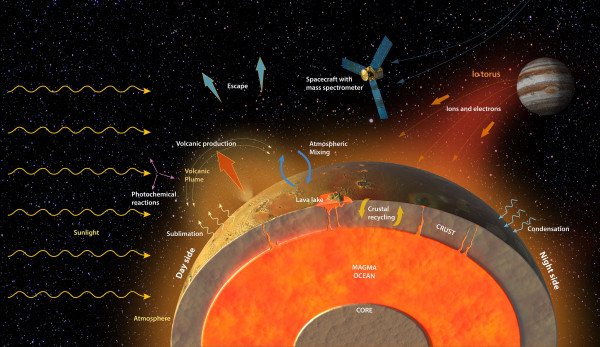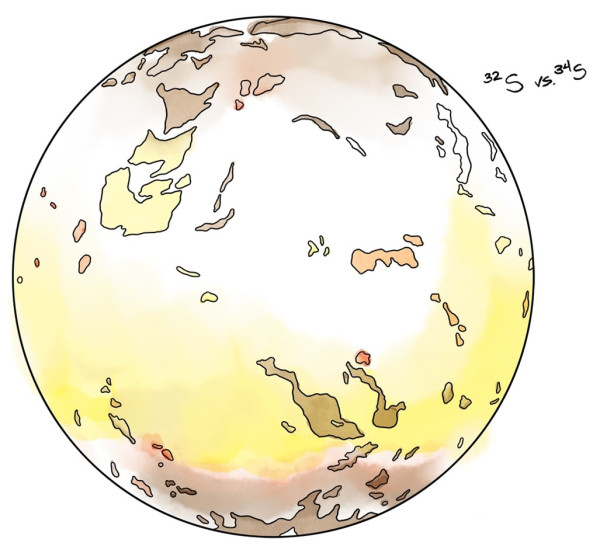Studying volcanoes on Jupiter's moon Io

GNS is home to a talented bunch of scientists and Dr Ery Hughes is one of them. As part of a post-doc at Caltech, Ery had the once-in-a-lifetime opportunity to be part of a research team exploring volcanism on Jupiter’s moon Io just before starting here at GNS.
The future looks bright for Ery with two papers relating to that research just being published in world-renowned journals Science and the Journal of Geophysical Research: Planets and the chance to apply her understanding of outer world volcanic chemistry to Aotearoa’s homegrown volcanoes.
The research project sought to understand how long volcanism has been occurring on Io and how this behaviour might have varied over Io’s 4.57-billion-year history.
Io is a moon of Jupiter and is the most volcanically active body in our solar system. Io is in orbital resonance with two other large moons of Jupiter, Europa and Ganymede. Every time Ganymede orbits Jupiter once, Europa orbits twice, and Io orbits four times.
This configuration causes Io’s orbit around Jupiter to be elliptical rather than circular, cyclically changing Jupiter’s gravitational pull on Io. This change in gravitational pull causes what we call tidal heating in Io, just like how the Moon causes ocean tides on Earth, which then causes the volcanism.


How long has this been happening?
Undertaking this work is complex. Jupiter is approximately 700 million km from Earth and that it would likely take nearly two years in a space craft to get there. Also, Io has volcanism on such an extreme scale that Io’s surface renews all the time, leaving little trace of the past. Luckily, investigating sulfur and its isotopes allows us to probe back in time on Io.
Sulfur is released from Io’s interior to the atmosphere by tidal heating through volcanism. Some of the sulfur is lost to space due to Jupiter’s magnetosphere, a bunch of charged particles whirling around Jupiter that hit Io’s atmosphere continuously. The sulfur that’s left behind is eventually buried back into Io’s interior, ready to start the cycle all over again. Isotopes of the same element have different weights to each other and therefore can behave slightly different during this cycle.

It turns out that the sulfur that is lost to space on Io is a little bit isotopically lighter than the sulfur that is recycled back into Io’s interior. Because of this, over time, the sulfur left on Io gets isotopically heavier and heavier. How much heavier depends on how long volcanism has been occurring for.
The team, led by Katherine de Kleer at Caltech, used the Chilean-based Atacama Large Millimeter/submillimeter Array (ALMA) (pictured above) to remotely observe the sulphur gases in Io’s atmosphere. Ery led the advanced modelling of the sulphur isotope cycle as part of the project team involving researchers from Caltech (Katherine de Kleer and John Eiler), UC Santa Cruz (Francis Nimmo), NASA Goddard Space Flight Center (Kathy Mandt), JPL (Amy Hofmann), and New York University (Statia Luszcz-Cook).
What they found was far more isotopically-heavy sulfur in Io’s atmosphere than the solar-system average, which requires Io to have lost almost all of its original sulfur. Based on numerical modelling, this means Io has been volcanically active for billions of years, meaning tidal heating and the orbital resonance has also been occurring for most of Io’s history. In the future, the variability of the sulphur isotopic composition of the atmosphere may help us to quantify the average tidal heating rate on Io.

Applying what was learnt back home
Closer to home, sulfur is also released from volcanoes back here on Earth and measuring this is one of the tools the GeoNet programme uses to monitor volcanoes in Aotearoa. We can use a combination of gas flights at Whakaari and Ruapehu, the new scanDOAS network around Ruapehu, and satellites to measure how much SO₂ is released from our volcanoes.
Changes in the amount of SO₂ released can be related to changes taking place in the volcano, helping us to monitor the status of the volcano and set the Volcanic Alert Level.
Ery is supporting several projects in the GNS volcanology team and GeoNet Volcano Monitoring Group using her sulfur modelling expertise to learn more about interpreting volcanic gas measurements for volcano monitoring, learning from the past to help inform our future and make us a more resilient and prepared country.
Main image: Aerial view of the Chajnantor Plateau, located at an altitude of 5000 meters in the Chilean Andes, where the array of ALMA Array is located. Credit: ALMA Observatory